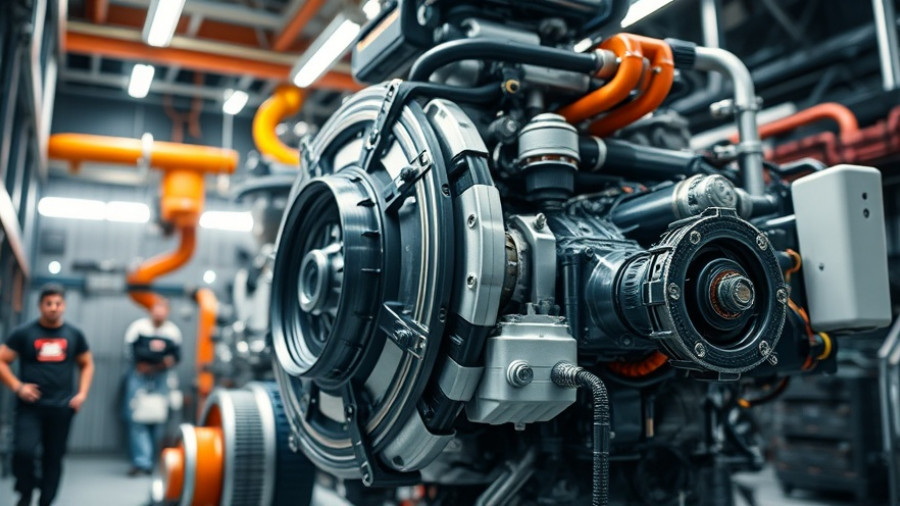
Braskem's Commitment to Logistics Autonomy
Braskem, a global leader in the chemical and petrochemical sectors, made headlines with the recent arrival of its second ethane carrier, the Brave Future. This strategic acquisition underscores the company's drive to bolster its logistics capabilities, aiming for enhanced shipping autonomy as part of an expansive global strategy.
The Brave Future: Specifications and Environmental Impact
The Brave Future, measuring 188 meters in length and boasting a capacity of 36,000 cubic meters, is engineered to transport ethane at extreme low temperatures of -104°C. Notably, this vessel is powered by a dual-fuel engine that runs on both bunker oil and ethane, demonstrating Braskem's commitment to sustainability. This engine design improves fuel efficiency and reduces CO2 emissions by approximately 40%, setting a new benchmark for the industry.
Strengthening Global Competitiveness and Efficiency
As articulated by Hardi Schuck, director of Braskem Trading & Shipping, the Brave Future is not merely an addition to the fleet; it represents a crucial strategic asset that promises greater operational reliability. This initiative speaks volumes about Braskem's ambition to cut maritime costs while enhancing its overall competitiveness on the global stage.
A Bright Future Ahead: Upcoming Additions to the Fleet
Braskem's commitment doesn't stop with the Brave Future. The company anticipates the delivery of four additional ethane carriers in 2026, signaling an aggressive push to expand its logistical footprint further. This forward-thinking approach not only fosters economic growth for Braskem but also consolidates its leadership position in the petrochemical market.
Comparative Insight: Industry Trends towards Sustainability
In the broader context of shipping and petrochemical logistics, Braskem's initiatives are reflective of a larger trend towards sustainable practices. Companies are increasingly adopting greener technologies and more efficient methods of transportation to align with global sustainability goals. Braskem's dual-fuel strategy places it at the forefront of this change, encouraging others in the sector to reconsider their operational models.
Potential Risks and Challenges in the Petrochemical Sector
Though optimistic, the expansion of Braskem's fleet faces potential challenges. Environmental regulations continue to evolve, and the risks tied to fluctuating market conditions could impact profitability. However, by investing in advanced shipping assets like the Brave Future, Braskem positions itself to mitigate some of these risks through enhanced efficiency.
As Braskem celebrates the arrival of the Brave Future, the company's strategic investments illustrate how proactive measures can lead to increased autonomy and sustainability in a competitive marketplace. Keeping abreast of developments within the petrochemical industry, particularly in shipping logistics, will be crucial for stakeholders aiming to understand future trends.
 Add Row
Add Row  Add
Add 




Write A Comment